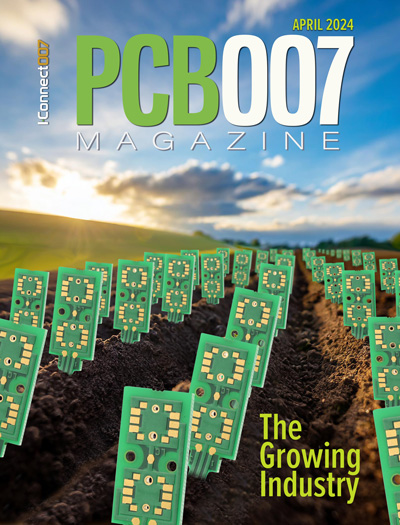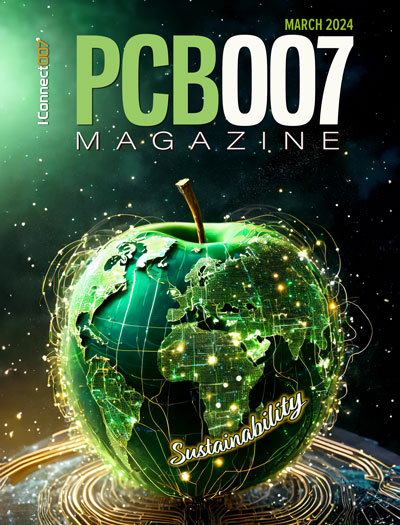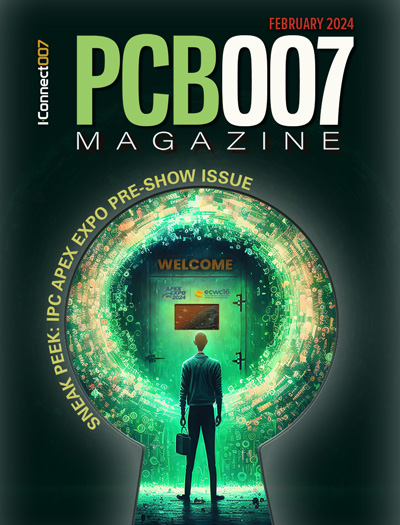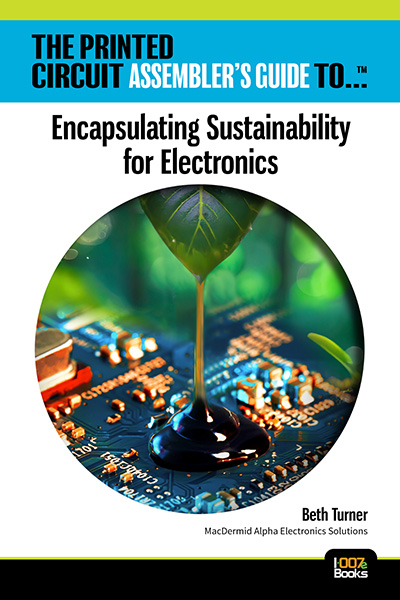-

- News
- Books
Featured Books
- pcb007 Magazine
Latest Issues
Current Issue
The Growing Industry
In this issue of PCB007 Magazine, we talk with leading economic experts, advocacy specialists in Washington, D.C., and PCB company leadership to get a well-rounded picture of what’s happening in the industry today. Don’t miss it.

The Sustainability Issue
Sustainability is one of the most widely used terms in business today, especially for electronics and manufacturing but what does it mean to you? We explore the environmental, business, and economic impacts.

The Fabricator’s Guide to IPC APEX EXPO
This issue previews many of the important events taking place at this year's show and highlights some changes and opportunities. So, buckle up. We are counting down to IPC APEX EXPO 2024.
- Articles
- Columns
Search Console
- Links
- Events
||| MENU - pcb007 Magazine
The Plating Forum
Column from: George Milad
George Milad has 30+ years of experience in PWB manufacturing and is the national accounts manager for technology at Uyemura International Corporation. He holds a master’s degree in physical organic chemistry from the American University in Washington, D.C., 1979, is the author of the chapters on plating and surface finishing in _Printed Circuits Handbook: Seventh Edition_, and has a series of publications on electrolytic plating and metallic surface finishes. George is the recipient of the 2009 IPC President’s Award, chairs the IPC Plating Committee, and is a permanent member of the IPC Technical Activities Executive Committee.


